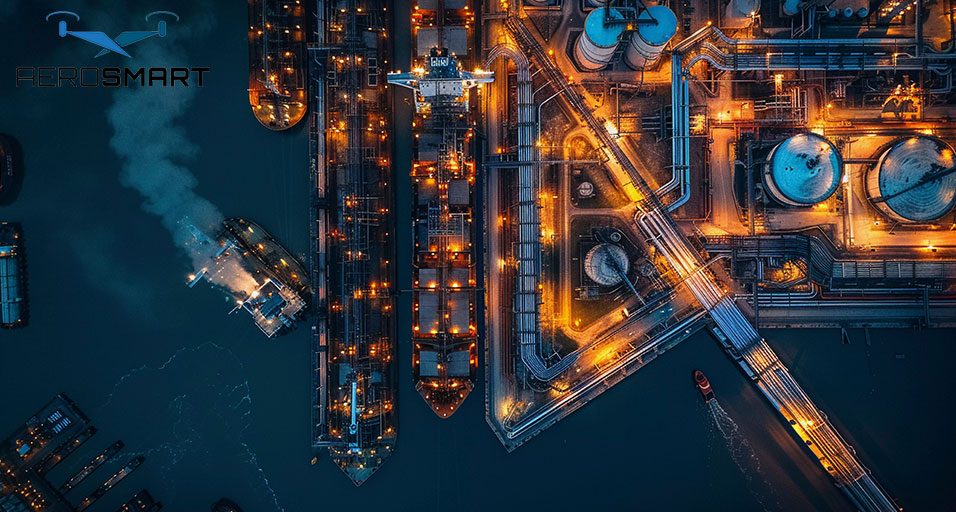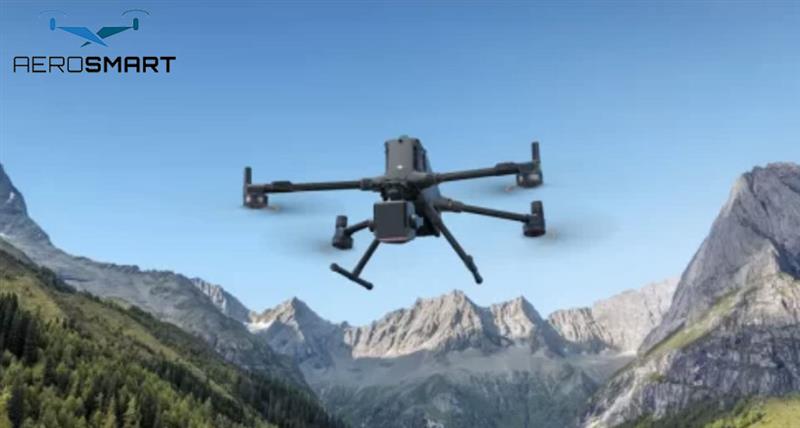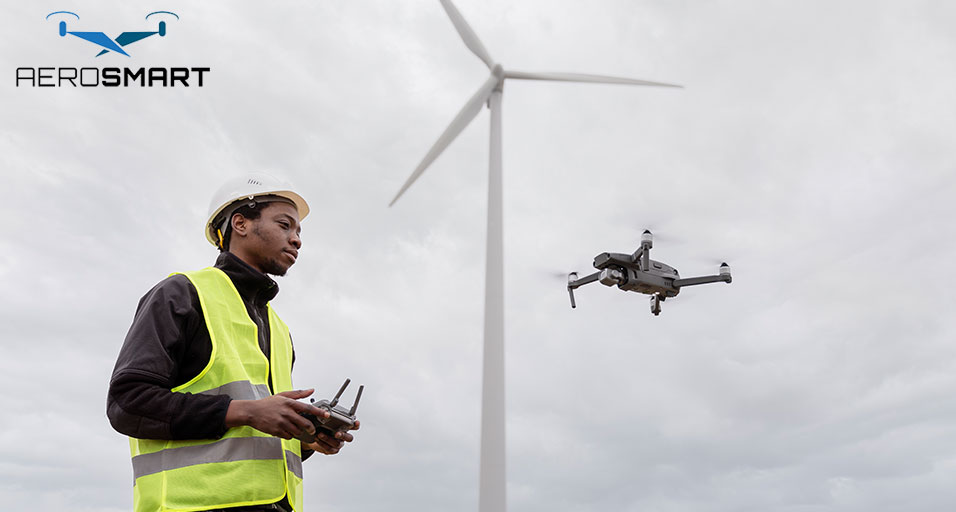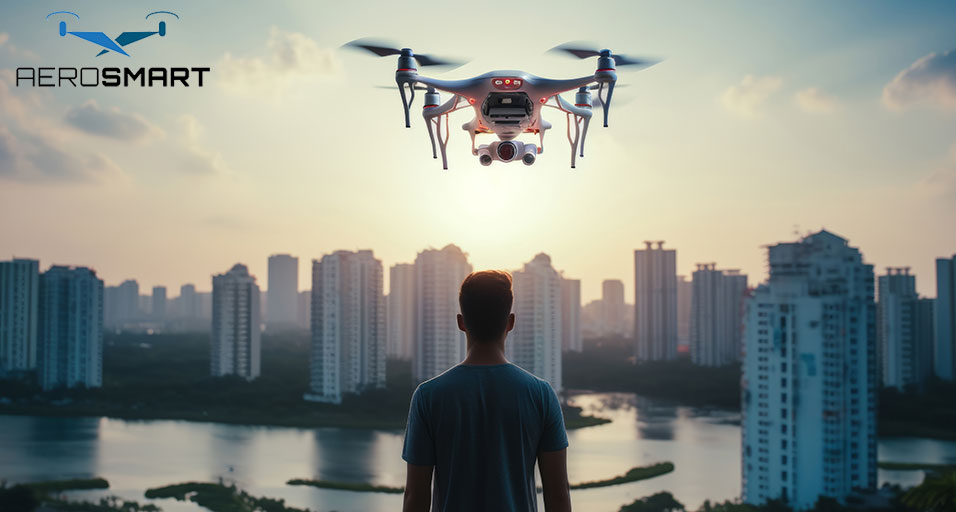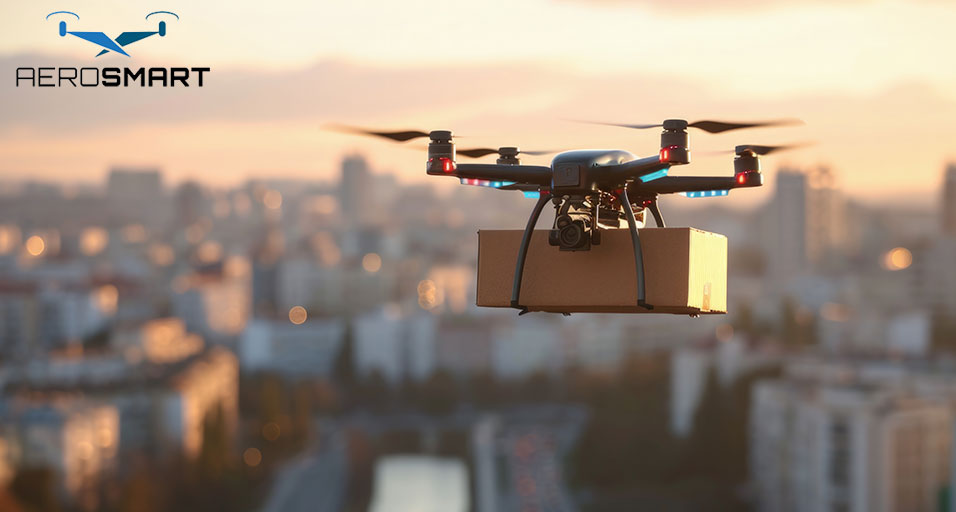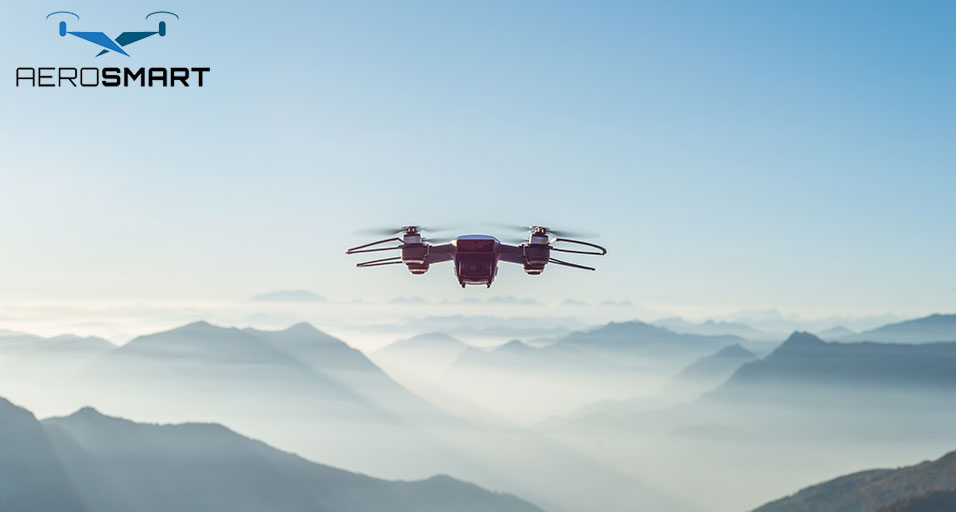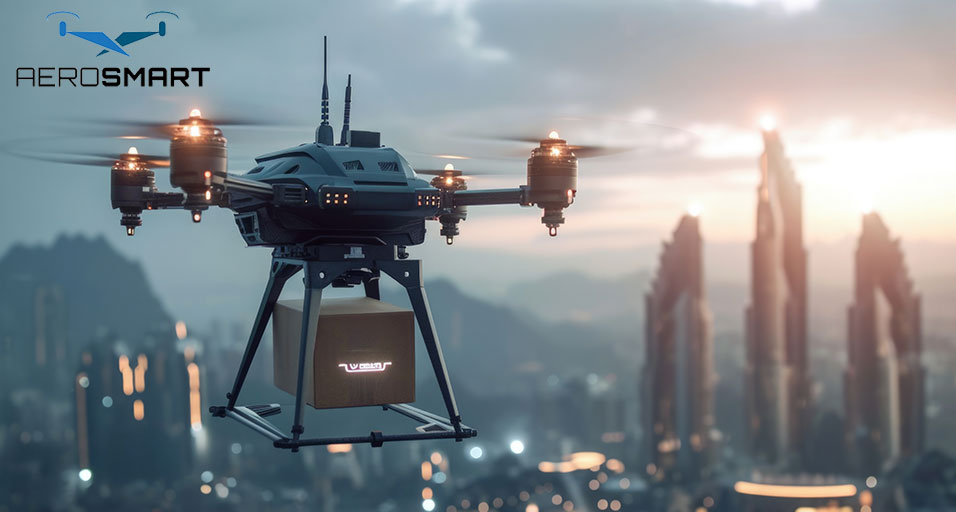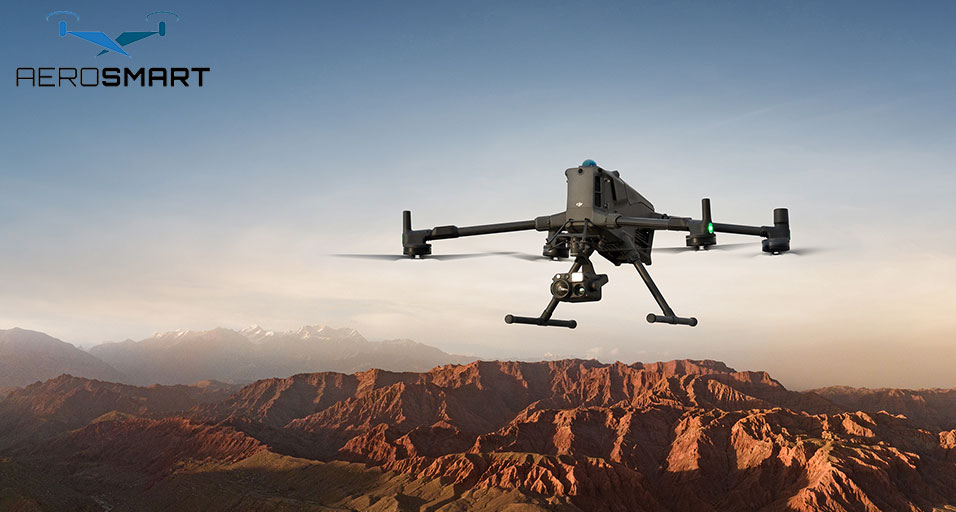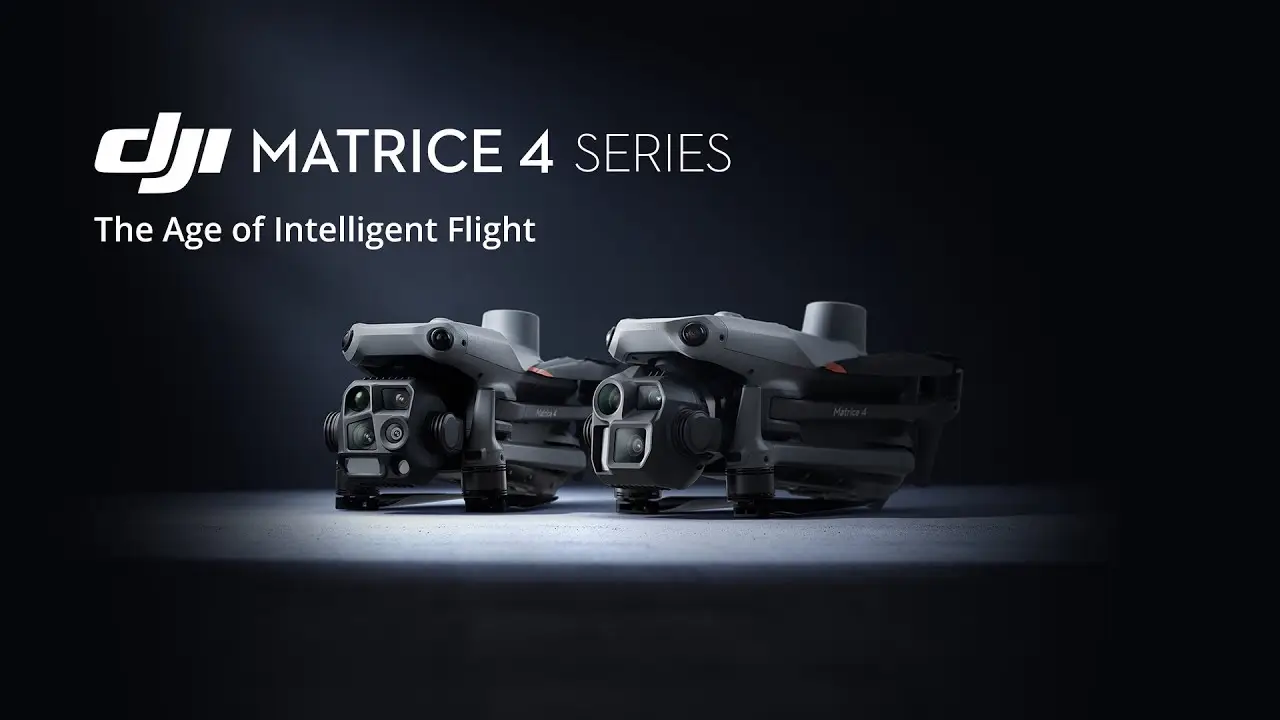Blogs
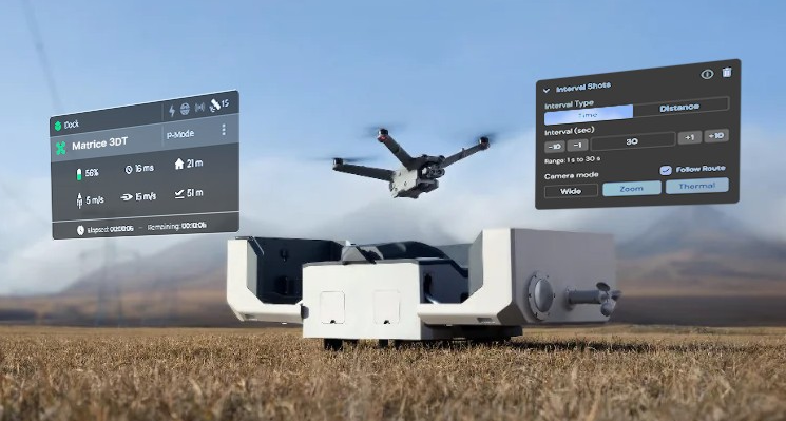
DJI Dock 2 Vs DJI Dock
DJI Dock and DJI Dock 2 are excellent examples of high-performance drone docking systems, as they are designed to increase efficiency and resilience in automating drone operations. However, the DJI Dock 2 is a solution with upgraded features, that was launched in March 2022.
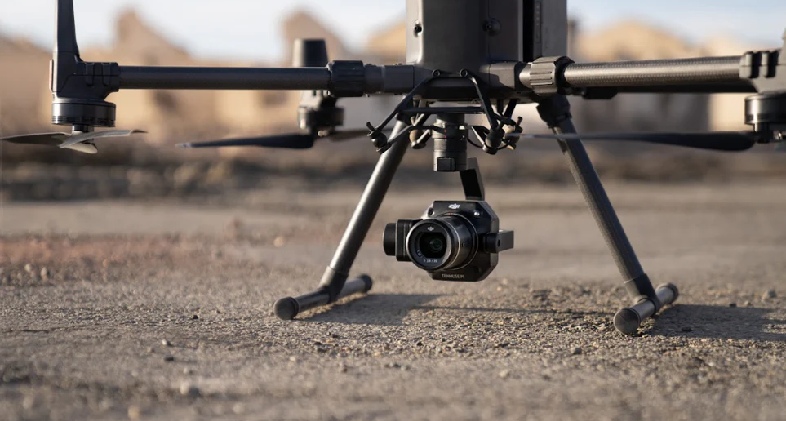
How Different Focal Lengths Impact Drone Mapping
Focal Length is an essential aspect of Drone Mapping as it is related to its sensor size, the curvature of the glass, and the distance between mirrors within the lens. It also determines the nature of images being taken by drone cameras. As the leading drone company in Dubai, we at Aerosmart present a detailed analysis of a 45MP full-frame sensor of DJI M350 RTK and DJI Zenmuse P1 deployed at standard focal lengths such as 24mm and 50mm and their role in collecting aerial data.
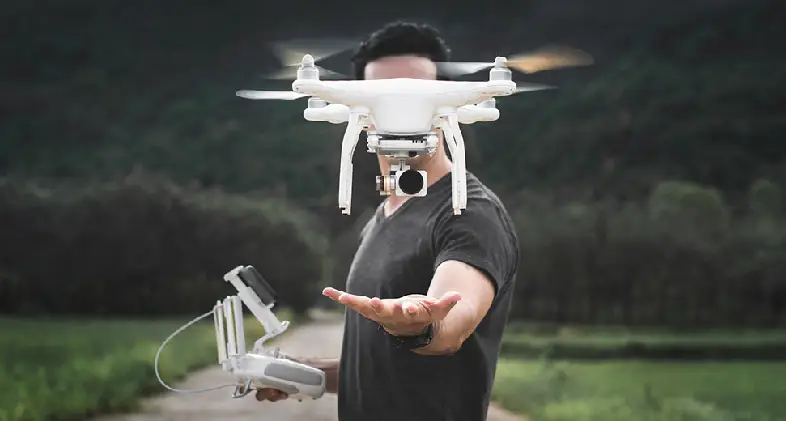
Where is the Best Place to Buy A DJI Drone
With the evolution of drone technology, DJI remains the most standard drone that provides high-quality images and has a diversified application. Buying a drone can be a tricky task as various factors must be taken into consideration which is why here is a comprehensive guide to help you make the best purchase.
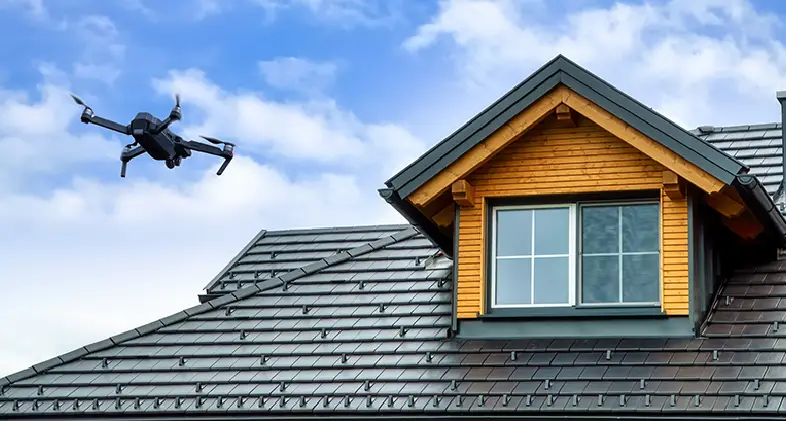
How to Perform a Drone Roof Inspection
With the onset of 2024, drones have helped in simplifying various critical tasks like roof inspection for several professional roofers, real estate agents and also home owners. Various drone companies have worked tremendously hard to integrate sensory detectors in the drones to help elevate the experience of performing a drone roof inspection. The drones grant their owners the chance to avoid climbing ladders and walking on potentially unstable surfaces while conducting roof inspection which ensures safety of being and you can easily conduct a roof inspection
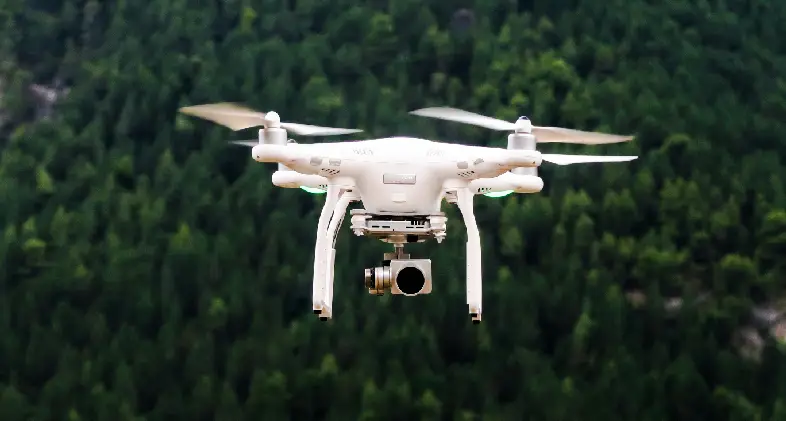
How to Unlock a GEO Zone on Your DJI Zone
It certainly can be a crucial task to unlock a GEO Zone on your DJI Zone even for professional drone operators. DJI’s GEO System is curated in a way to enhance the flight safety by providing real-time information regarding areas where there may be restriction on flights owing to safety concerns. However, an operator may be legitimate reasons to fly over these regions and to help ensure that, here is a step-by-step guide to unlock that potential of your drone.
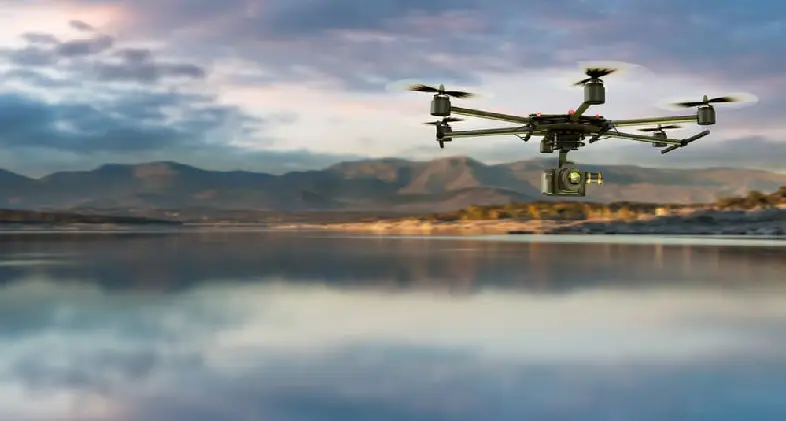
How to Make Money with a Drone
As per recent statistics, drones have been the top choice of any teen and have coherently revolutionised the tech industry in more ways than one. In addition to being a cool gadget and a leisure activity, you can really turn your love for drones into something productive that can earn you a steady income

Six Ways Drones Will Shape Your Future
Drones have exploded in popularity in recent years. Major Drone Companies Dubai predict drones will revolutionize numerous industries. Read on for 6 key ways these unmanned aerial vehicles (UAVs) will impact the future.

Why Buy A Drone In Dubai?
Drones have blown up in popularity with both hobby flyers and pros in Dubai. Also called unmanned aerial vehicles (UAVs), drones provide their users with a bunch of cool benefits. From nabbing awesome sky-high footage to surveying farms, drones are versatile tools limited only by your creativity. The ever-growing Dubai drone crowd makes it easier than ever for new owners to get the most bang for their buck. In this blog, we'll check out some top reasons to buy drone in Dubai .
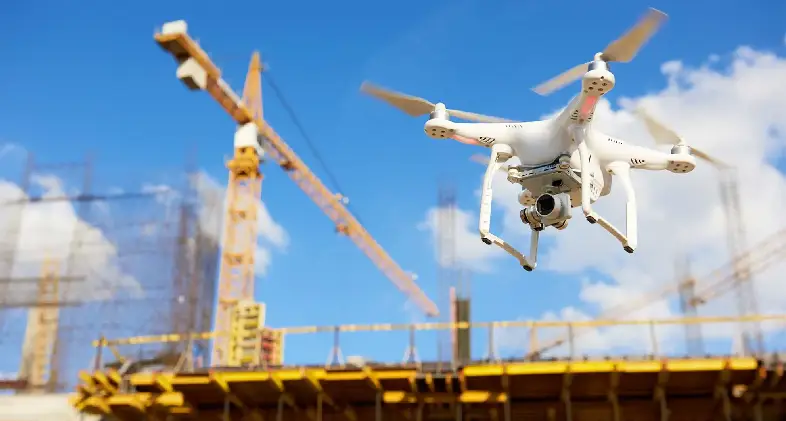
Drones in Construction – Why They Are Beneficial and How to Use Them
Drones have become an invaluable tool for the construction industry here in Dubai and around the world. As Drone Companies Dubai continue innovating drone technology, these unmanned aerial vehicles (UAVs) are making construction projects safer, more efficient, and more cost-effective. Below we explore some of the major benefits of utilizing drones in construction projects and provide tips for putting them to work on your next build.
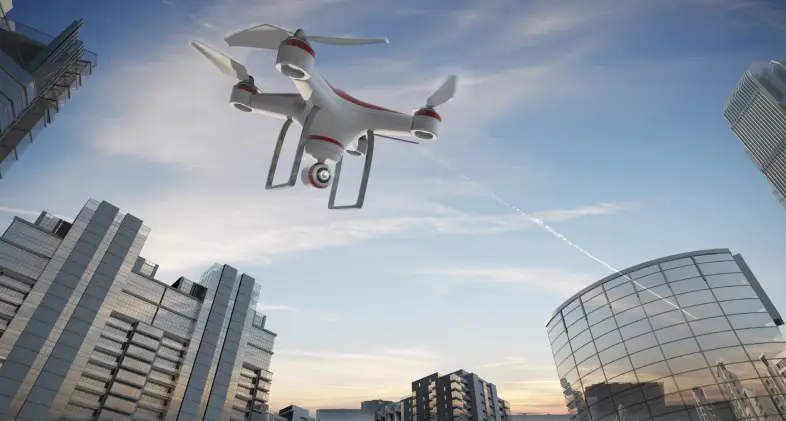
The Rising Role of Drones in the UAE Amidst COVID-19 A Catalyst for Change
Drones were first developed for military purposes; however, they have since migrated through a variety of roles, ranging from being life-saving tools in times of crisis such as the COVID-19 epidemic to being gadgets used by amateur hobbyists.
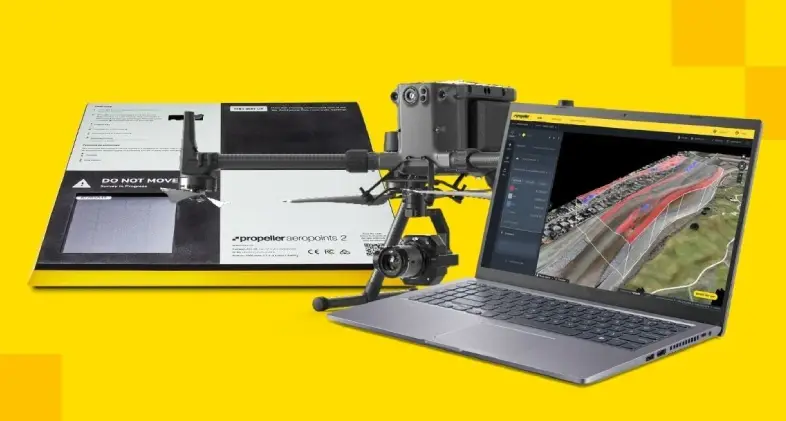
The Matrice 300 RTK and Propeller PPK Revolutionizing the Landscape of Aerial Surveying
The Matrice 300 RTK (M300) combined with Propeller's Post Processed Kinematic (PPK) solution stands out as a game-changer in aerial surveying.
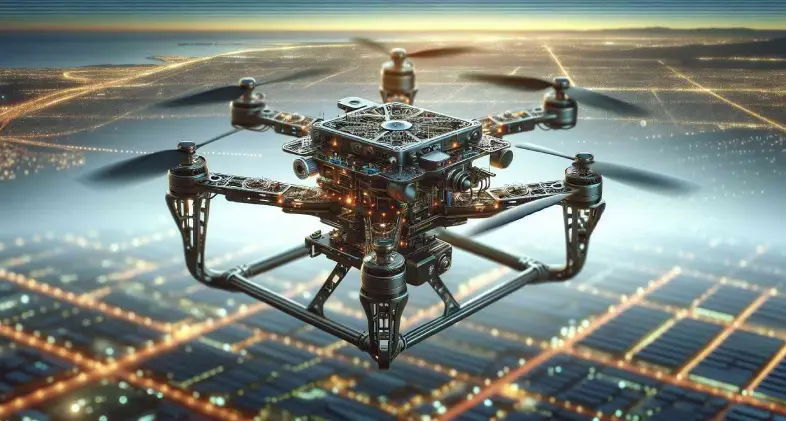
The DJI Matrice 30 Revolutionizing Aerial Operations with Advanced Features
When it comes to the realm of enterprise drone technology, the DJI Matrice 30 (M30) stands out as a revolutionary invention, particularly in industry sectors such as public safety and infrastructure inspection.
